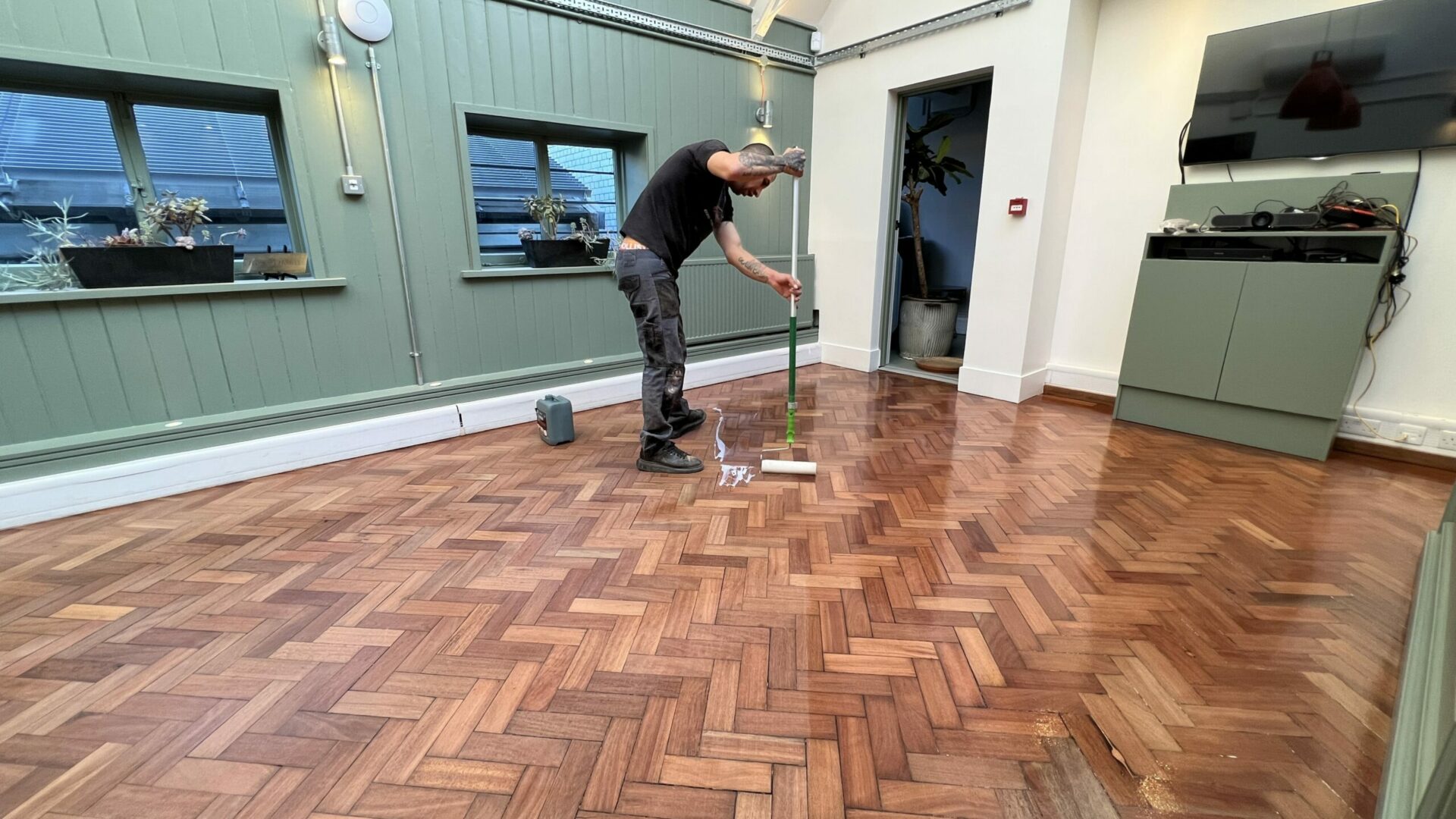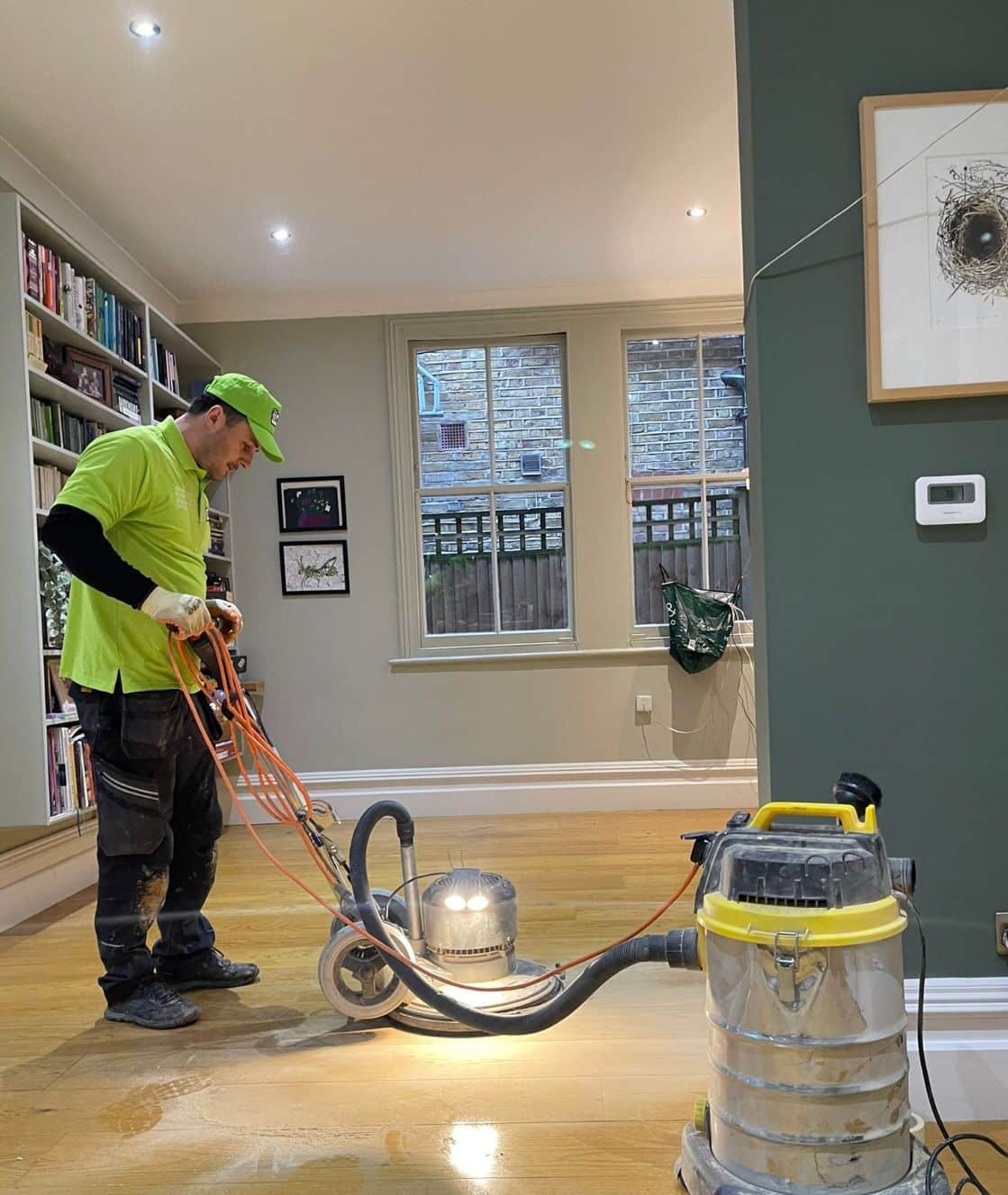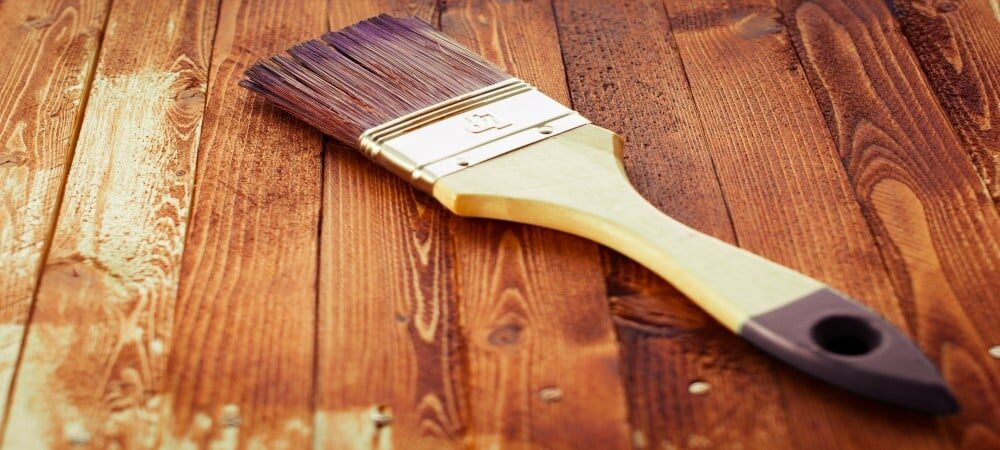London:
Nationwide:
Wood Flooring in Hospitals: Exploring the Benefits
Posted on April 23, 2023
News
Wood Flooring in Hospitals: Exploring the Benefits of a Hygienic, Durable, and Eco-friendly Choice
Hospitals and other healthcare facilities face unique challenges when it comes to flooring. With hygiene, safety, and durability being top priorities, it’s essential to choose a flooring option that meets these stringent requirements while also creating a comfortable and aesthetically pleasing environment for patients and staff. In this comprehensive 3000-word guide, we will delve into the benefits of wood flooring in hospitals and why this natural, sustainable, and hygienic choice is an excellent option for healthcare facilities.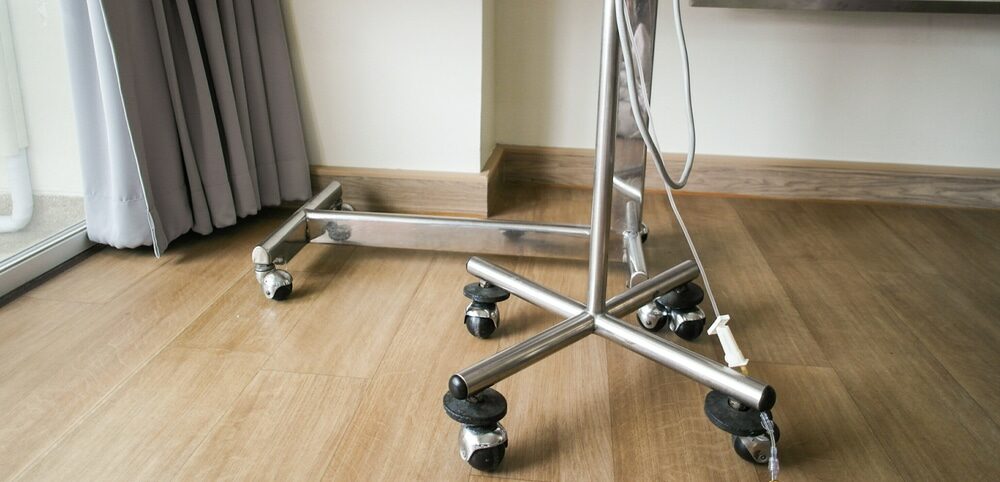
1. Hygiene and cleanliness
One of the primary concerns in a hospital setting is maintaining a clean and hygienic environment to minimise the risk of infection and promote patient well-being. Wood flooring offers several advantages in this regard: a. Non-porous Surface: Unlike carpet, which can harbour allergens, dust, and bacteria, wood flooring features a non-porous surface that is easy to clean and maintain. This helps reduce the accumulation of harmful particles and pathogens, contributing to a healthier indoor environment. b. Easy to Sanitise: Wood flooring can be easily cleaned and sanitised using appropriate hospital-grade cleaning agents, ensuring that the surface remains free of harmful bacteria and viruses. c. Mould and Mildew Resistance: Wood flooring, especially when properly sealed and maintained, is resistant to mould and mildew growth, further promoting a clean and healthy environment.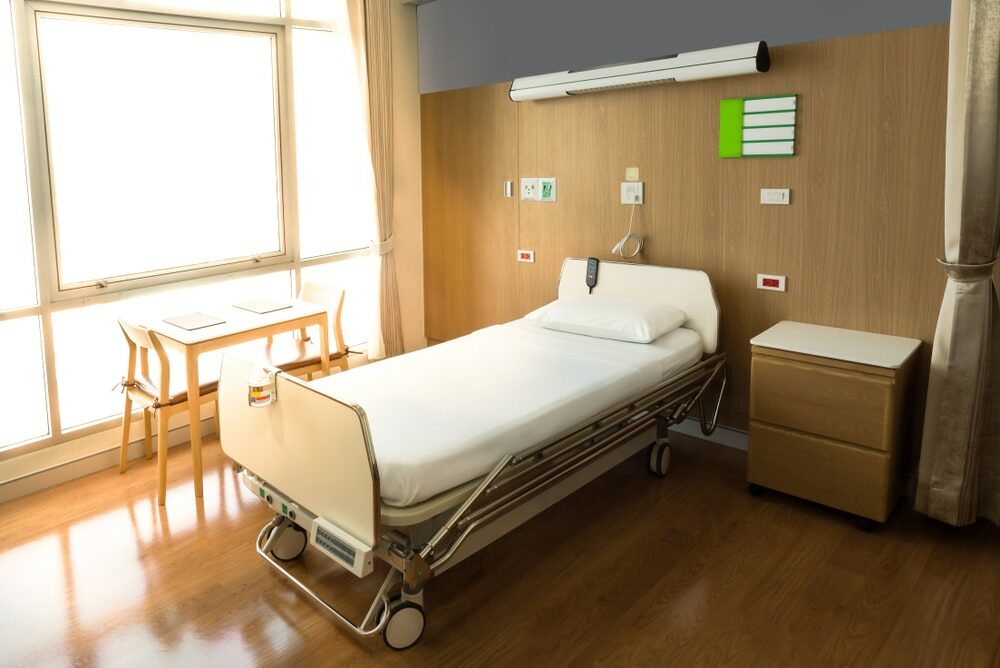
2. Durability and longevity
Hospitals experience heavy foot traffic and constant wear and tear, necessitating flooring solutions that can withstand the demands of a busy healthcare facility. Wood flooring offers exceptional durability and longevity, making it a practical choice for hospitals. a. High-quality Construction: High-quality hardwood flooring is extremely resilient, able to withstand heavy foot traffic, rolling equipment, and other daily stresses with minimal wear and tear. b. Easy Repairs: In the event of damage, wood flooring can be easily repaired through sanding and refinishing, restoring the surface to its original condition without the need for a complete replacement. c. Long-lasting Investment: With proper care and maintenance, wood flooring can last for decades, making it a long-lasting and cost-effective investment for healthcare facilities.3. Comfort and well-being
Creating a comfortable and soothing atmosphere is crucial in a hospital setting, as it can contribute to patient recovery and overall well-being. Wood flooring offers several benefits in terms of comfort and aesthetics: a. Warmth and Insulation: Wood flooring provides a naturally warm and insulating surface, offering a comfortable underfoot feel for both patients and staff. b. Acoustic Properties: Wood flooring has excellent acoustic properties, helping to absorb sound and reduce noise levels within the hospital environment. This can contribute to a quieter, more calming atmosphere for patients and staff. c. Aesthetic Appeal: The natural beauty of wood flooring can help create a welcoming and soothing environment in hospitals, promoting a sense of tranquilly and healing.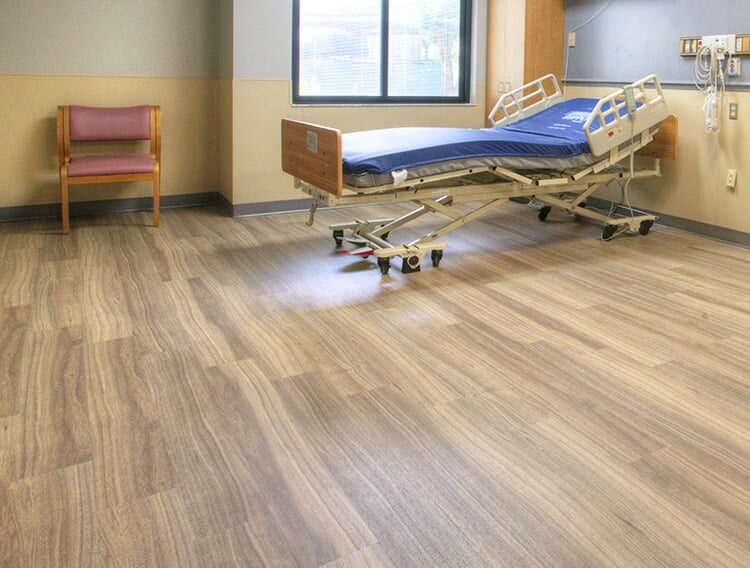
4. Sustainability and environmental impact
As concerns about the environment and climate change continue to grow, choosing sustainable and eco-friendly materials has become increasingly important. Wood flooring is a renewable, environmentally friendly option that can contribute to a greener healthcare facility. a. Renewable Resource: Wood is a renewable resource, with new trees being planted to replace those harvested for flooring. Choosing wood flooring from sustainably managed forests ensures that the environmental impact is minimised. b. Low Carbon Footprint: The production and transportation of wood flooring typically have a lower carbon footprint compared to other flooring materials, such as vinyl or tile. c. Biodegradable and recyclable: At the end of its life cycle, wood flooring can be easily recycled or biodegraded, reducing waste and environmental impact.5. Versatility and customization
Wood flooring offers a high degree of versatility and customization, allowing hospitals to create unique and functional spaces that cater to their specific needs and design preferences.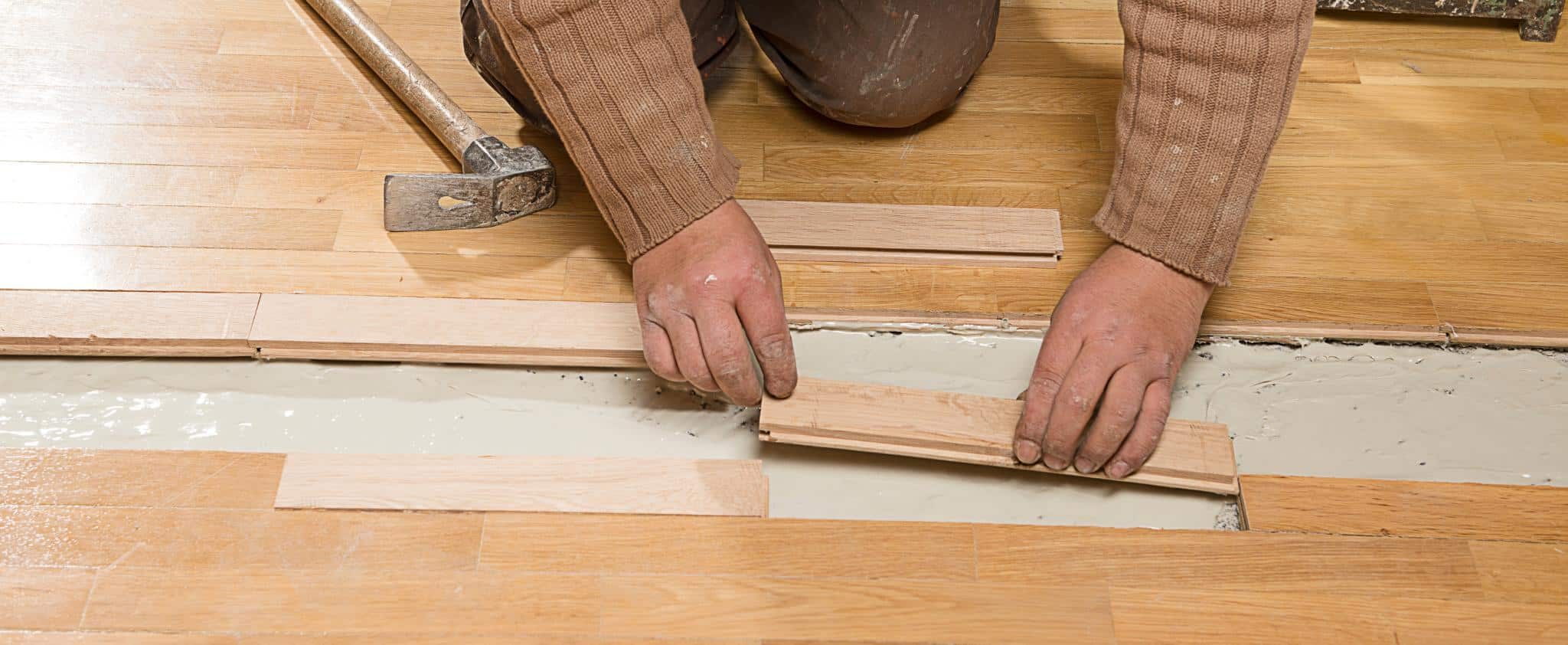
7. Enhanced Indoor Air Quality
Maintaining good indoor air quality is essential in a hospital setting, as it can contribute to the overall health and well-being of patients and staff. Wood flooring can positively impact indoor air quality in several ways: a. Low VOC Emissions: Wood flooring, especially when finished with low-VOC (volatile organic compound) sealants and adhesives, emits fewer harmful chemicals into the indoor environment compared to other flooring options like carpet or laminate. b. Allergen Reduction: As mentioned earlier, wood flooring’s non-porous surface makes it easy to clean and maintain, reducing the buildup of allergens such as dust, pollen, and pet dander. This can help create a healthier indoor environment for individuals with allergies or respiratory issues. c. Humidity Regulation: Wood flooring can help regulate indoor humidity levels by absorbing and releasing moisture in response to changes in the surrounding environment. This can contribute to a more comfortable and healthy indoor atmosphere.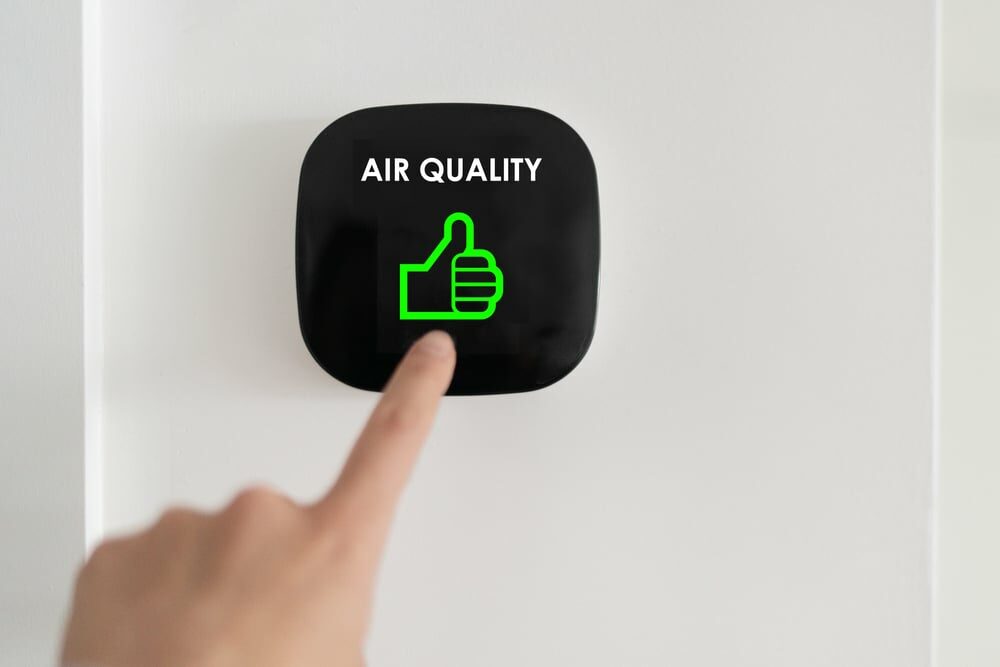
7. Cost-effectiveness and return on investment
While the initial cost of wood flooring may be higher compared to other flooring options, its long-term benefits can make it a cost-effective choice for hospitals. a. Long Lifespan: As previously mentioned, wood flooring can last for decades with proper care and maintenance, reducing the need for frequent replacements and associated costs. b. Low Maintenance: Wood flooring is relatively low-maintenance, requiring only regular cleaning and occasional refinishing to maintain its appearance and functionality. This can result in lower long-term maintenance costs compared to other flooring materials, which may require more frequent and costly upkeep. c. Increased Property Value: The installation of wood flooring can enhance the overall appearance and value of a hospital, making it a worthwhile investment for both new construction projects and renovations.
Some Useful Links:
Conclusion
Wood flooring offers numerous benefits for hospitals, making it an excellent choice for healthcare facilities seeking a durable, hygienic, and aesthetically pleasing solution. Its natural beauty, warmth, and acoustic properties can contribute to a comfortable and healing environment for patients and staff, while its sustainability and eco-friendliness align with the growing emphasis on environmental responsibility. With proper care and maintenance, wood flooring can provide a long-lasting and cost-effective solution for hospitals, ensuring a clean, safe, and functional space for years to come.More from our Blog:
2023 Hardwood Flooring Trends: Unveiling the Latest Styles Wood Floor Repair – 10 Ways to Make Your Life Easier Sanding Wooden Floors – Increase the Value of Your Home
Sanding
We provide virtually dust-free sanding with our continuous belt machinery with mobile extraction units, giving you a safer environment for your family.
Oiling
This organic finish not only adds beauty to your home but also has exceptional water-repellent characteristics, making it easier to clean and maintain.
Waxing
This natural floor finish offers the softest and most mellow appearance – and leaves your floor able to breath.
Buffing
Using soft buffing machines (and hand-polishing where required) will bring a wonderful sheen to your newly-finished floor.
Repairs
We offer a full assessment of your wooden floors to determine what repairs are needed to provide the perfect working surface for the later stages of sanding, staining and sealing.
Restoration
We offer a comprehensive restoration process designed to address floors that are improperly fitted or damaged over time through wear and tear.
Request a fixed price quote for your wood floor restoration now
Simply enter your postcode below to get started.
Services
Wood Floor Sanding Wood Floor Restoration Wood Floor Scratch Repair Squeaky Wood Floor Repair Parquet Floor Sanding Parquet Floor Restoration Commercial Floor Sanding Church Floor Sanding Community Centre Floor Sanding School Floor Sanding Gap Filling Gap Filling with ResinCopyright © Mr Sander®
Privacy & Cookies Terms & Conditions Complaints Procedure Cancellation Rights Sitemap